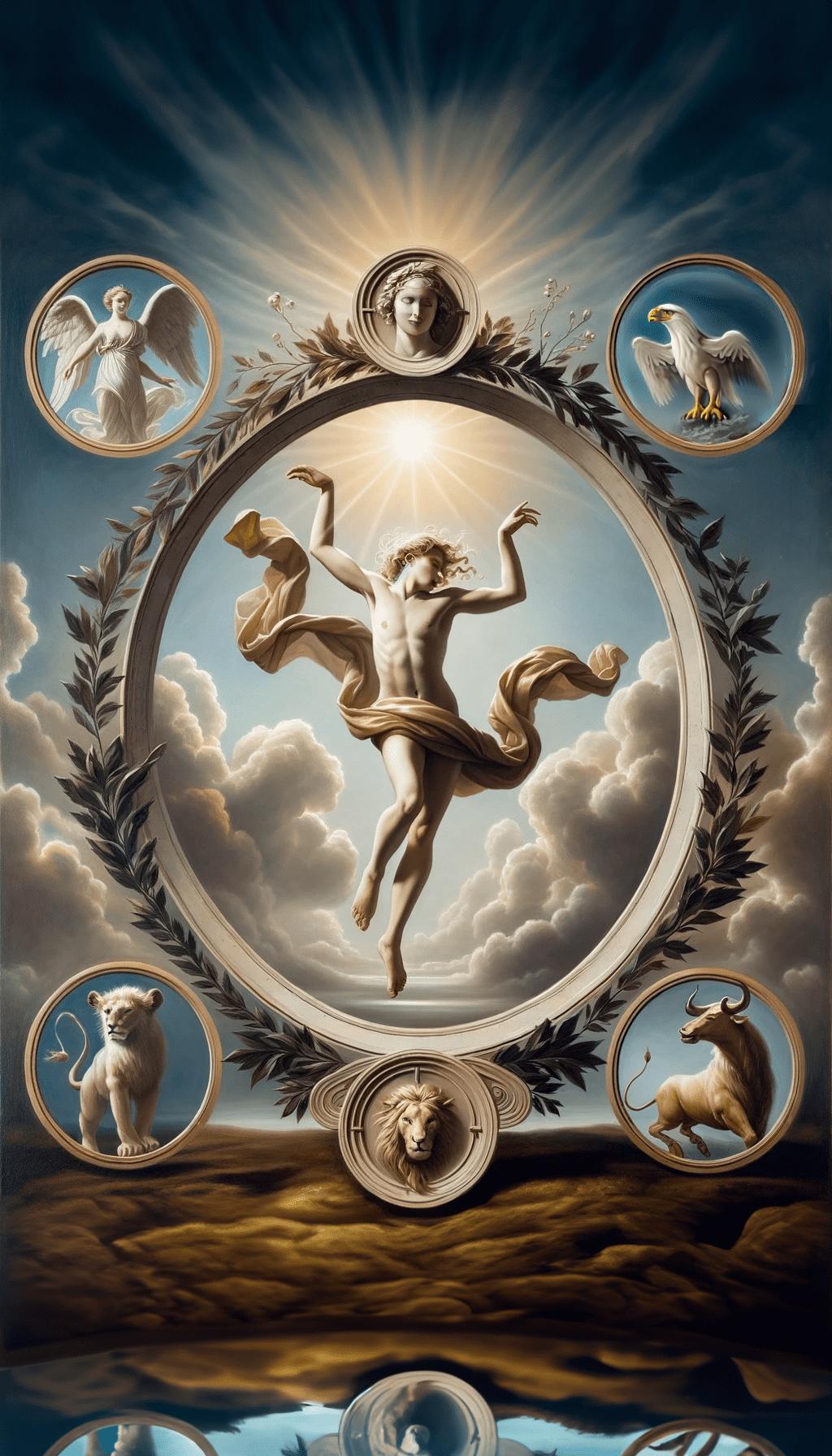Tarot

Exploring Tarot: A Journey Through Symbolism and Divination
Tarot, often perceived as a system of divination, employs a deck of cards to provide insight and furnish a greater sense of mastery over issues encompassing relationships, opportunities, and life at large.
The fabric of Tarot is woven with the threads of Major and Minor Arcana, each a realm of symbolic messages. The Major Arcana, constituting the first 22 cards, is seen as the core and the bedrock of the Tarot system. Imbued with archetypal significance, the Major Arcana chronicles a narrative of spiritual voyage from the naivety of The Fool to the wholeness encapsulated in The World card. This suite eloquently narrates humanity’s spiritual ascension towards enlightenment and individuation.
The idiom of Tarot is that of imagery, which is often seen as the dialect of the soul. Aspiring interpreters of Tarot are akin to dream analysts, embarking on a quest to master this soulful language. This journey of comprehension, mirroring the process of learning a new language, gradually leads to spontaneous successful interpretations, growing security, and a nuanced expression, fostered through relentless practice.
Delving deeper, the profoundest essence of Tarot arguably lies ensconced in age-old myths that have resonated through human consciousness for millennia. Engagement with ancient texts and the oral and imagistic traditions of early civilizations facilitates a rendezvous with the archetypes of the soul and the Tarot.
Unveiling the Origins of Tarot
The roots of Tarot are shrouded in mystery, with its provenance often traced back to over half a millennium ago. The archetypal underpinnings of Tarot are believed to extend back even further, over 2,000 years, making Tarot a vessel of ancient wisdom. Intriguingly, contemporary playing cards are deemed to be a derivative of Tarot.
The occult community often traces the lineage of Tarot to the mystical lands of Ancient Egypt or even the fabled Atlantis. The nascent Tarot deck is theorized to have emerged in the 14th century, possibly from Mamluk, Egypt.
The annals of Tarot saw a seminal moment with Etteilla, who around 1789, unveiled a Tarot deck expressly crafted for occult purposes. By 1790, he was delving into the hermetic wisdom of the Egyptian Book of Thoth, reimagining what would later be known as the Major and Minor Arcana, alongside integrating the four elements and astrological concepts.
Aleister Crowley, the creator of the Thoth deck, acknowledged the obscurity surrounding the origins of Tarot, a sentiment echoed by Helena Blavatsky who alluded to Tarot in her works “The Secret Doctrine” and “The Unveiling of Isis”, drawing connections to Ancient Egypt.
The history and essence of Tarot are often seen as a tapestry of universal symbolism, rooted in the esoteric traditions like the Holy Qabalah or Cabala. The Tree of Life, central to the Jewish esoteric teachings of Cabala, reflects a lineage of ancient wisdom tracing back to the 12th century and the early Mediterranean civilizations. Esteemed figures like Pythagoras and Moses, who were believed to be initiated into Egyptian mystical teachings, were seen as carriers of this ancient wisdom to foreign lands, thereby enriching the thought lineage of other cultures.
The Tarot, through its emblematic cards, continues to serve as a bridge to the ancient wisdom, drawing seekers into the depths of the human psyche and the mysteries of the cosmos. Through the lens of Tarot, one may glimpse the harmonious dance of universal principles and the perennial quest for enlightenment and self-realization.
The Tree of Life is the central construct of the Jewish secret teachings, the so-called Cabala. The roots of the Cabala reach back to the 12th century and the first high culture in the Mediterranean region. In Egypt, there were famous cites of initiation into the mysteries. Even if the origin of Egyptian knowledge is controversial up to this day — many esoterics see an Atlantic heritage in it — it can still be ascertained that the leading thinkers of all cultures were initiated into the Egyptian teachings and took the spirit of this consecration home with them. The best-known mediators who carried this knowledge into foreign cultures, thereby expanding the thinking of other nations, were without a doubt Pythagoras and Moses. Pythagoras was presumably the first to call the world a cosmos. He saw the nature of things in the number, the harmony of the spheres as the universal principal of order and unity, and advocated the teaching of reincarnation. Moses, raised a foundling at the Egyptian court, is considered to be the creator of the (exoteric) Torah, the esoteric side of which is the Cabala. The first of the Five Books of Moses begins as follows:
In the beginning God created the heavens and earth.
The earth was without form and void, and darkness was upon the face of the deep; and the Spirit of God was moving over the face of the waters.
And God said, “Let there be light”; and there was light.
And God saw that the light was good; and God separated the light from the darkness.
– Akron & Hajo Banzhaf, The Crowley Tarot